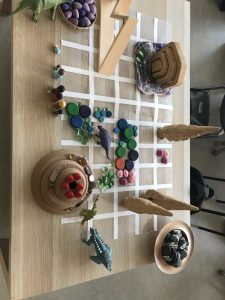In this class we discussed different educational tools that can help with teaching. These include audio and visual resources, which are very beneficial to some learners. Recall statistics jumped from 20% to 60% for people who use visual cues (like sketching pictures to represent things).
Educational videos are very helpful tools and can bring a concept to life for a learner. There are some drawbacks to educational videos, however. These include students’ possible inability to self-regulate, or their negligence to watch the videos required for learning. In addition to this, sometimes the pace of videos can be too slow or too fast for a learner, or it cannot adjust to accommodate students’ prior knowledge.
Another teaching method which is closely related to the last point is called “flipping the classroom;” this is a method where the key points are put into pre-class videos that are assigned ahead of classes. This can pose a problem if some students do not have access to a device, or if there are groups unable to do this work in advance. Teachers can create these videos to help their classrooms, but making these resources is time consuming and some considerations should be thought of before they are made, like if the particular subject matter will serve for .
Screencastify is also a program we examined that allows you to record your screen, browser, or your own face. You can choose to include audio from the computer as well as your microphone. I tried the webcam option, and then accidentally left it recording. If I hadn’t done this I would not have known if there was a time limit and notification, but five minutes after I left it on, my computer notified me that my video had reached its time limit. This feature is helpful because it can prevent people from invading others’ privacy.
We then explored Audacity, which is an audio editing program. This would be great for creating podcasts, which are an exciting learning tool. I did not attach my audio recording, but my Screencastify video is embedded below.
This was a very informative class, and I look forward to researching each method further.





Recent Comments